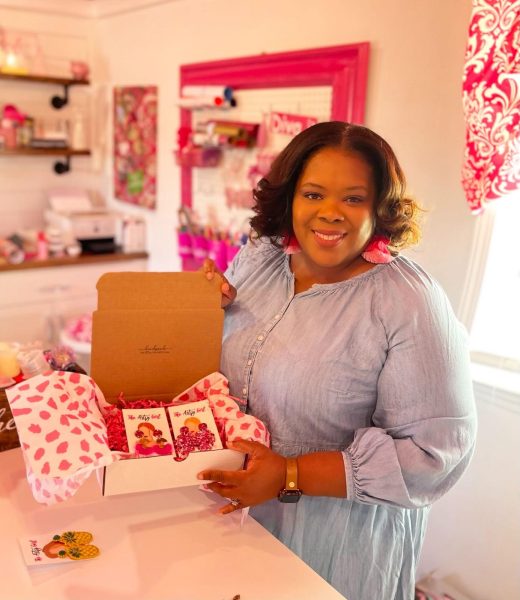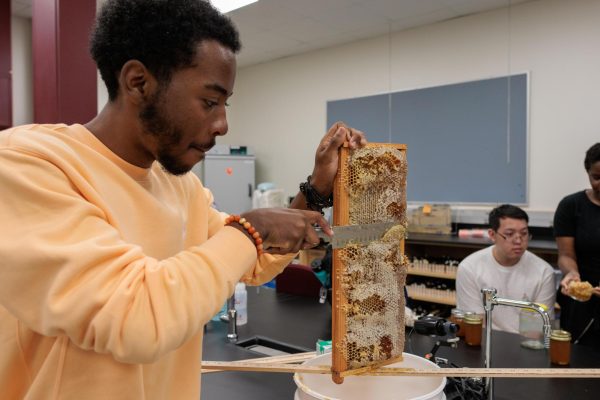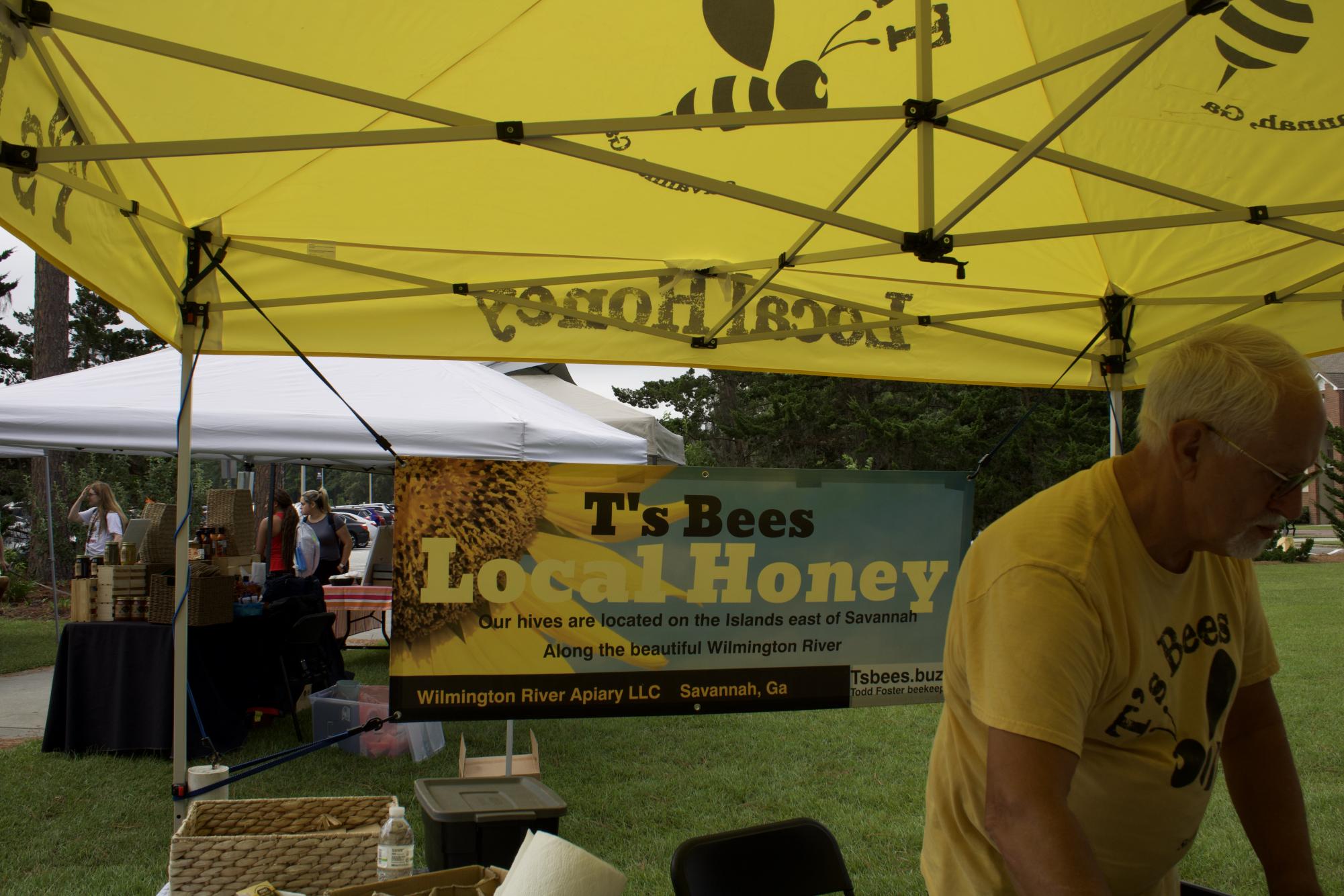A Confetti Crisis
“Confetti” by ADoseofShipBoy is marked with CC BY 2.0
It is time to celebrate at Georgia Southern. No matter what, every student is a step closer to a new stage in life. Everyone reserves the right to be proud of whatever progress they have made within the past academic year.
Some are celebrating the completion of a degree. I’ve witnessed several outgoing students clad in graduation gowns with photographers accompanying them.
I feel fortunate to be a witness to such a serendipitous moment in a person’s life and anticipate my own graduation.
What I do not enjoy is the pollution of confetti and glitter that has begun to pollute Armstrong Campus.
The picture featured above is just one of the spots throughout campus where I have noticed confetti and glitter begin to pile up.
Traditional confetti is generally created with pieces of plastic. According to Napa Recycling, these microplastics are non recyclable. When exposed to the elements, this confetti can end up “washed away by rain and end up in rivers and oceans where they pose a threat to wildlife.”
These pieces of plastic may also be confused as food to local wildlife, and can affect digestive systems or lead to death from potential toxic ingestion.
Dyed paper confetti is also non-recyclable and non-compostable. Potential dyes found in some paper confettis may contain toxic materials that can be hazardous to both plants and animals.
In an article for Brightly, Kristine Nguyen suggests that confetti should only be used indoors, where it can be contained and disposed of properly.
If a celebrating graduate would like to commemorate their success with a polychrome sprinkling, here are a few alternatives to traditional confetti which can be easily created.
There are also brands of eco-friendly confetti which can be found online. One brand with fair prices which I recommend is Ecofetti.com
Congratulations!










